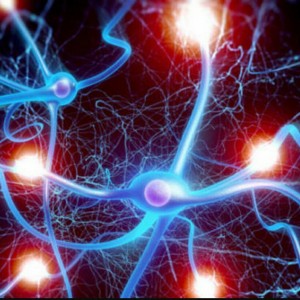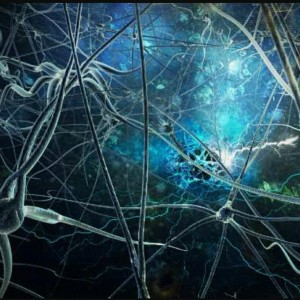Neurology- is a medical science that studies diseases of the peripheral and central nervous system. Neurological disorders:
Pituitary adenoma | Spinal hernia Astrocytoma | Back pain – syndrome “horse’s tail» | recovery of peripheral nerves | Pituitary tumors | Brain tumors | Brain tumors | Spinal cord tumor

Adequate treatment of neurological patients depends on accurate diagnosis and prompt initiation of treatment.
Applying modern methods of diagnosis and treatment, Israeli doctors sometimes make the impossible.
In neurology following diagnostic methods are used:
From the proposed localization of the lesion and the symptoms of the disease depends on the rational choice of survey methods.
Lumbar puncture – determine the intracranial pressure and serves as a place of administration of contrast agents for other studies.
- Computed tomography – makes it possible to diagnose the following types of losses: hydrocephalus, atrophy of the cerebral cortex, the brain displacement struture tumors and other volumetric processes.
- Magnetic resonance imaging – gives an image of neural structures with the highest resolution in the absence of the risk of complications for the patient. Using the contrast agents increases the diagnostic value.
- Echoencephalography – graphical display of the ultrasonic waves that are reflected from the investigated areas of the brain. The method is used directly at the bedside of a patient in the diagnosis of hemorrhage and hydrocephalus in children up to 2 years.
- Electroencephalography – Checking the electrical activity of the brain that allows you to detect violations of activity in epilepsy, sleep disorders, various encephalopathies
- Positron emission tomography – provides important information on brain tumors, stroke, epilepsy.
- Cerebral angiography – X-ray technique that uses contrast agents for imaging of arterial and venous vessels of the brain.
- Doppler Ultrasound scan – to diagnose bundle, stenosis, occlusion of blood vessels.
- Myelography – X-ray examination of the spinal cord with contrast. It allows you to diagnose herniated disc, tumors of the spinal canal.
- Big list of laboratory analyzes.

 Lumbar puncture – determine the intracranial pressure and serves as a place of administration of contrast agents for other studies.
Lumbar puncture – determine the intracranial pressure and serves as a place of administration of contrast agents for other studies.